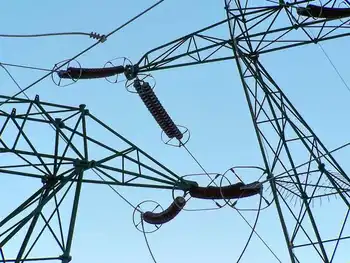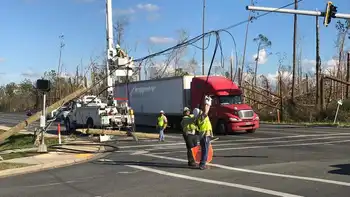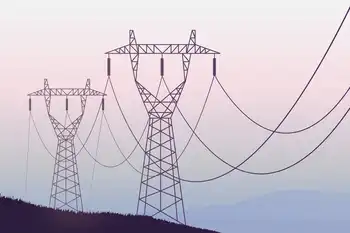EPA to issue power plant pollutant rule in 2011
By SNL Securities
CSA Z462 Arc Flash Training - Electrical Safety Essentials
Our customized live online or in‑person group training can be delivered to your staff at your location.

- Live Online
- 6 hours Instructor-led
- Group Training Available
The agency must issue a proposed rule by March 16, 2011, and a final rule no later than November 16, 2011, under the settlement filed in the U.S. District Court for the District of Columbia.
"Addressing hazardous air pollutant emissions from utilities is a high priority for EPA. In July of this year, we started the process to regulate mercury and other toxic emissions from power plants under the Clean Air Act by asking for comment on our plans to collect information on emissions from these facilities," the EPA said in the October 23 e-mail. "The agency is committed to developing a strategy to reduce harmful emissions from these facilities, which threaten the air we all breathe."
The suit was filed in December 2008 by Natural Resources Defense Council, Chesapeake Bay Foundation, Clean Air Task Force, Earthjustice, Southern Environmental Law Center and Waterkeeper Alliance on behalf of their organizations as well as the American Nurses Association, Conservation Law Foundation, Environment America, Environmental Defense Fund, Izaak Walton League of America, Natural Resources Council of Maine, The Ohio Environmental Council, Physicians for Social Responsibility and the Sierra Club.
The lawsuit was filed in response to EPA's failure to meet the Clean Air Act's deadline for issuing regulations controlling toxic air pollution from power plants, an October 23 news release from the National Resources Defense Council said.
"We are very pleased with the outcome of this case, and look forward to working with the EPA to develop emissions standards for this industry that mandate the deep cuts in this pollution that the law requires," Ann Weeks, legal director at the Clean Air Task Force, one of the lead attorneys for the groups, said in the release.
Under the Clean Air Act, EPA was required to control power plants' toxic air emissions by December 2002. However, the Bush administration fought the requirement and tried to de-list coal-fired power plants from the Clean Air Act provision that required plants to install mercury-specific pollution controls under the maximum achievable control technology approach.
In 2005, the Bush Administration issued the Clean Air Mercury Rule, which would have created a cap-and-trade system designed to cut mercury emissions.
However, environmental groups challenged that rule, saying it wouldn't meet necessary emission standards. The federal appeals court in Washington, D.C., vacated the Clean Air Mercury Rule in February 2008, indicating the power industry remained subject to the requirement to control air toxics that are emitted and that EPA remained responsible for issuing rules governing such emissions.
The industry filed an appeal with the Supreme Court, but the court rejected the petition. The environment and public health groups then filed the lawsuit to compel EPA to issue the air regulations.
"Power plants are the largest unregulated industrial source of air toxics. It is unconscionable that 19 years after the Clean Air Act of 1990, we still do not have air toxics controls on these large existing sources of pollution," James Pew of Earthjustice said in the release. "After years of litigating this issue, our groups look forward to a productive working relationship with the Agency as it finally develops these rules."
Edison Electric Institute spokesman Dan Riedinger said October 23 that the ruling "puts the agency on the fast track and a very specific one" to issue its final rule.
Riedinger said while the settlement agreement was widely anticipated, the industry still does not know what the final regulation will look like, what the required technology will be and what it will ultimately cost.
EEI is the national association of investor-owned utilities.











